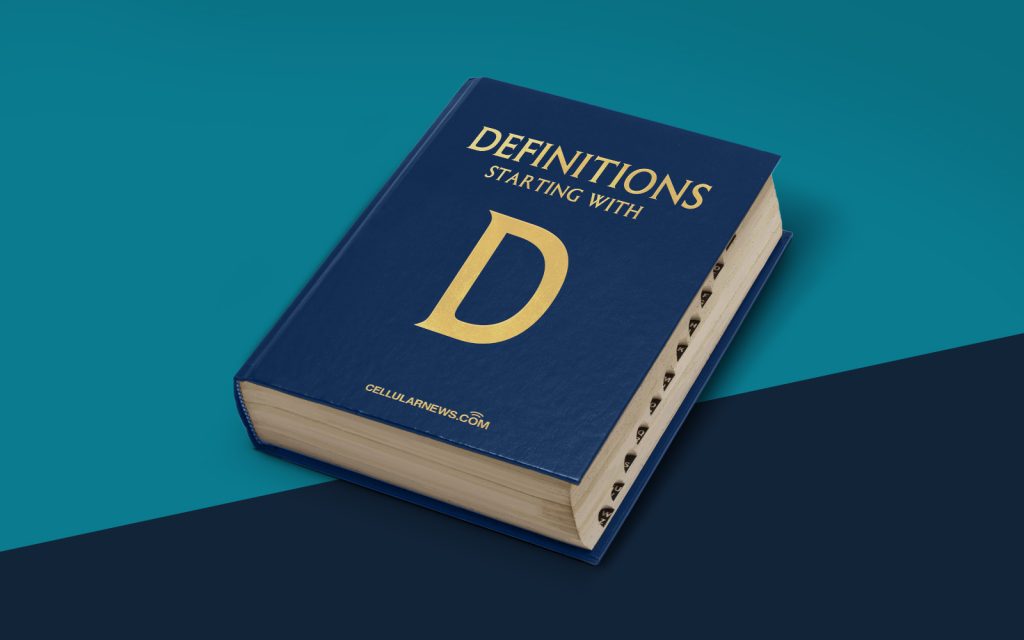
Understanding Derived Classes: An Introduction
Have you ever wondered what exactly a derived class is? In the world of programming, a derived class is a class that is created from an existing class, also known as the base class. It inherits all the properties and functionalities of the base class, while also having the ability to add its own unique features. Derived classes are an essential concept in object-oriented programming, allowing developers to leverage existing code and build upon it to create more specialized or specific classes.
Key Takeaways
- A derived class is created from an existing class, known as a base class.
- Derived classes inherit the properties and functionalities of the base class and have the ability to add their own unique features.
Now, let’s take a closer look at some of the important aspects of derived classes:
The Inheritance Relationship
At the core, a derived class is dependent on the existence of a base class. It establishes an inheritance relationship between the two classes, where the derived class gains access to all public and protected members of the base class. This means that it can use the methods, variables, and properties defined in the base class as if they were its own. By utilizing inheritance, the derived class can save time and effort by not having to redefine those features from scratch.
Additionally, the inheritance relationship allows for code reusability and extensibility. Any updates or enhancements made to the base class will automatically be available in the derived class. This reduces the chances of duplicating code and makes the overall codebase more manageable and maintainable.
Adding Unique Functionality
While derived classes inherit the properties and functionalities of the base class, they also have the ability to add their own distinctive features. This is achieved through the process of overriding or extending the inherited members. The derived class can override a method or property from the base class to provide a specialized implementation or behavior. It can also add new methods, properties, or fields that are unique to the derived class, expanding its capabilities and functionality.
This ability to add unique functionality allows developers to create specialized classes that inherit common properties and behaviors from a base class, while also customizing and enhancing them to fit specific requirements or scenarios. This flexibility is one of the key advantages of using derived classes.
Conclusion
In conclusion, a derived class is a class that is created from an existing class, known as the base class. It inherits all the properties and functionalities of the base class and can add its own unique features. The inheritance relationship between the base class and the derived class allows for code reuse, extensibility, and customization. By leveraging derived classes, developers can build complex and specialized systems using a hierarchal structure, while also promoting code maintainability and flexibility.
